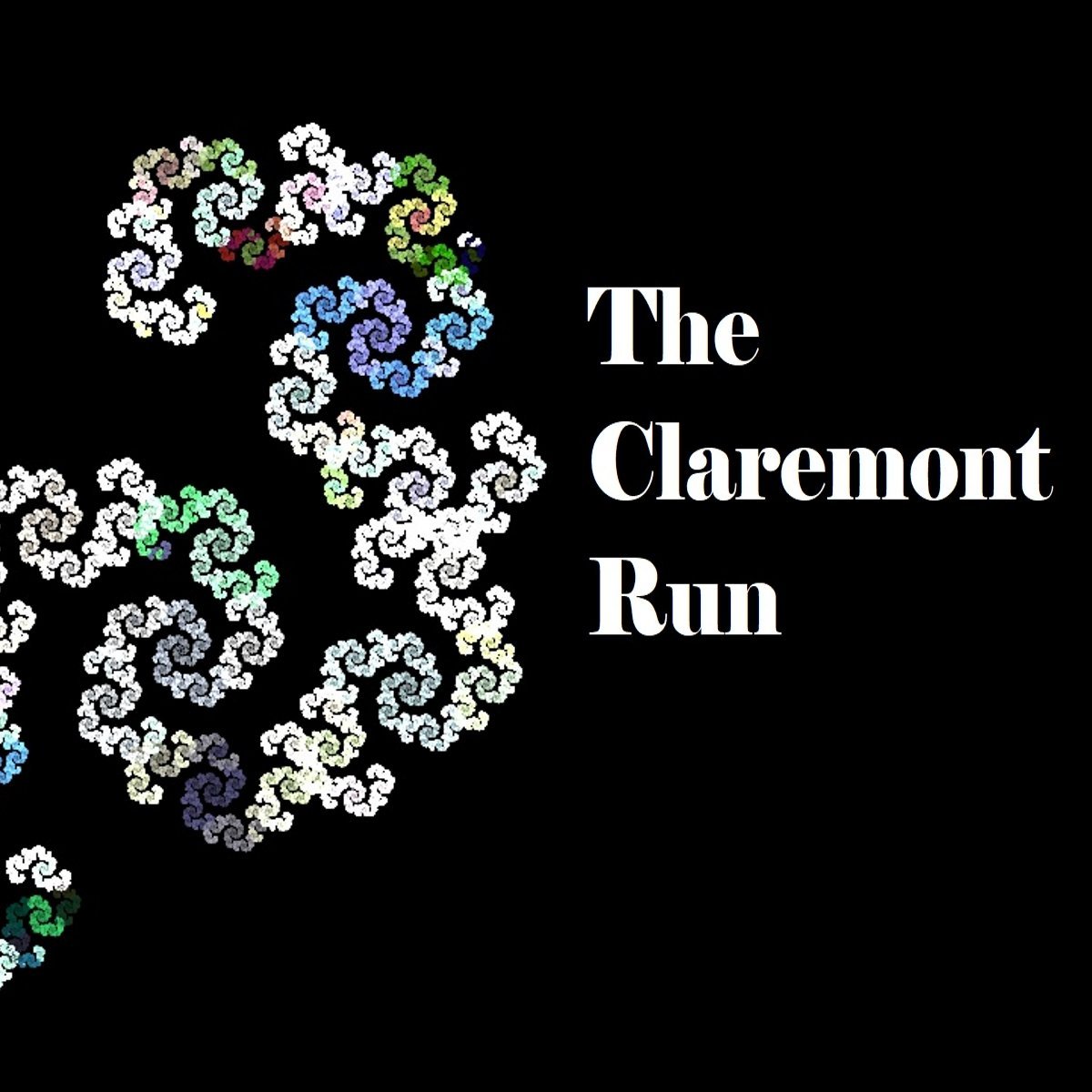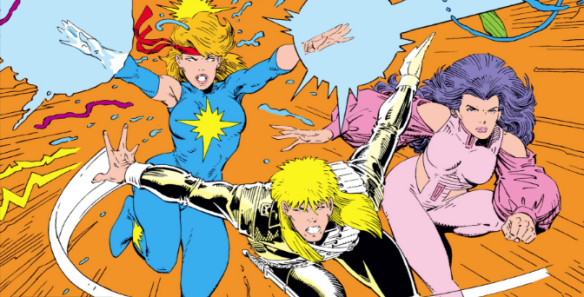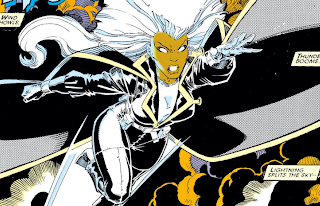The idea of the feminine masquerade was taken up by film scholars as a way to account for layers of irony in portrayals of women in cinema where big hair and thick makeup constantly threaten things like relatability and narrative immersion. This connects to camp as well. 5/8
The contrast between Psylocke’s preposterously effeminate puffy pink costume and her warrior’s spirit can be explained through the concept of “the feminine masquerade” a theory that posits the subversive power of over-the-top portrayals of femininity. #xmen 1/8 @LetsTalkBetsy
A fun scorecard on Psylocke during the Claremont run (pooled from our data sets): she personally instigates 8 fights; she never (at any point) expresses a reluctance to fight; she does not shed a tear; and she kills more people on-panel than any other X-Man. #xmen @LetsTalkBetsy
Storm, in a defining badass line states: “You will take it from me,” but instead of pushing the confrontation (as Scott would have) she rationally explains to Logan the merits of her argument whilst expressing confidence and faith in him. 4/5
Storm orders Wolverine to sheathe his claws. Famously insubordinate, he refuses. Storm stands firm even offering to sacrifice herself: “Sheathe them – or use them on me.” Wolverine doubles down, pointing his claws directly at Storm, declaring “That can be arranged, babe!” 2/5
In UXM 142, Claremont uses Storm’s relationship with Wolverine to validate Ororo’s new role as the leader of the X-Men at a time when no female superhero had ever been appointed the leader of a mainstream superhero team. The result is a character-defining scene. 1/5 #xmen
“I was not satisfied reading narratives of Storm doling out the occasional lightning bolt at the behest of her husband. Storm claimed space as a powerful, decisive, and moral leader; it was hard accepting her as a submissive follower who knew her ‘assigned’ place.” 4/7
“Storm is an important black female character in the Marvel Universe because she has been drawn and written to be important. Few black or female characters (not to mention black and female characters) have achieved her status as a superhero.” 3/7
Claremont’s approach: “The first rule is find the story to tell or the arc to tell. You think in terms of a story that either derives from the character or illuminates character. With an ongoing you can just throw the ball in the air and see what intrigues you.” #xmen 1/4
Altogether then, the brief relationship stands as a strange interlude in the middle of the Claremont run, but one with important consequences that also just happens to give readers a last glimpse of a much-loved background character. 6/6












